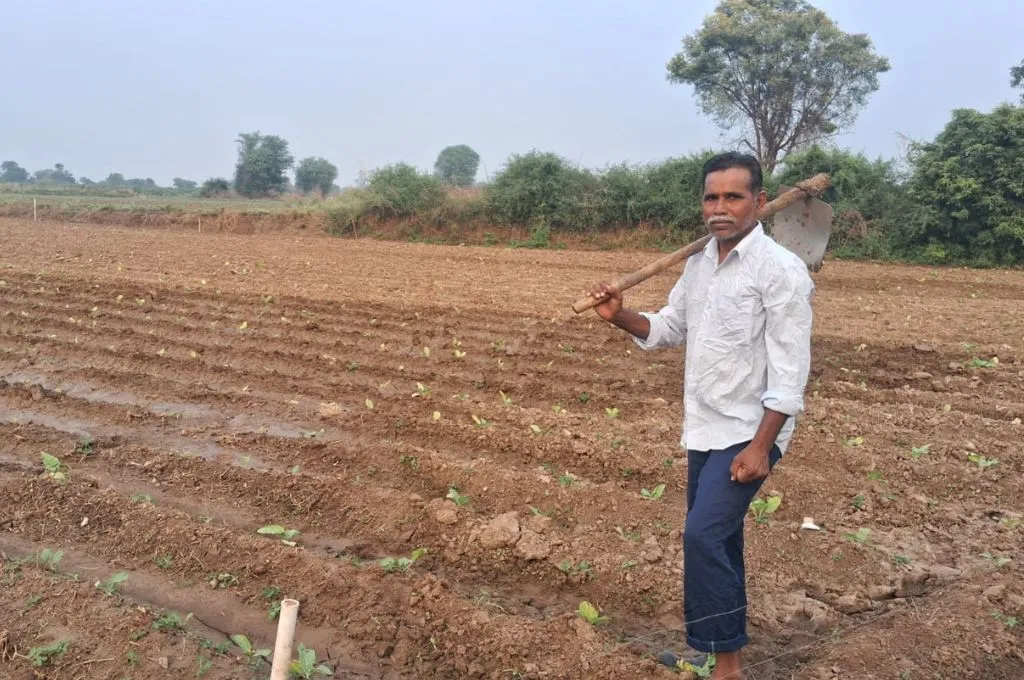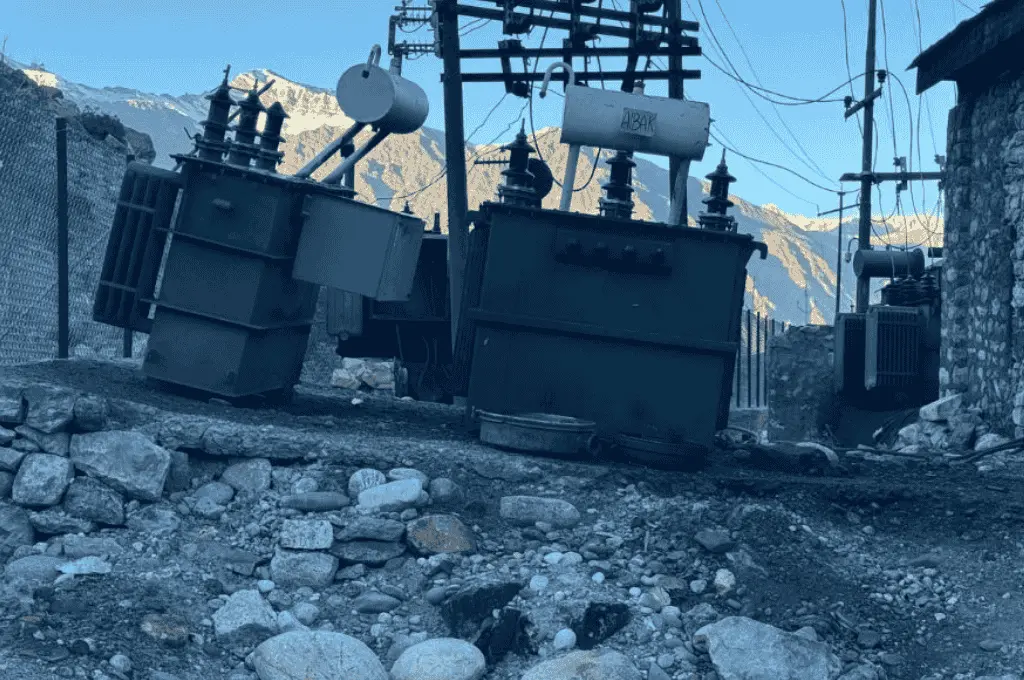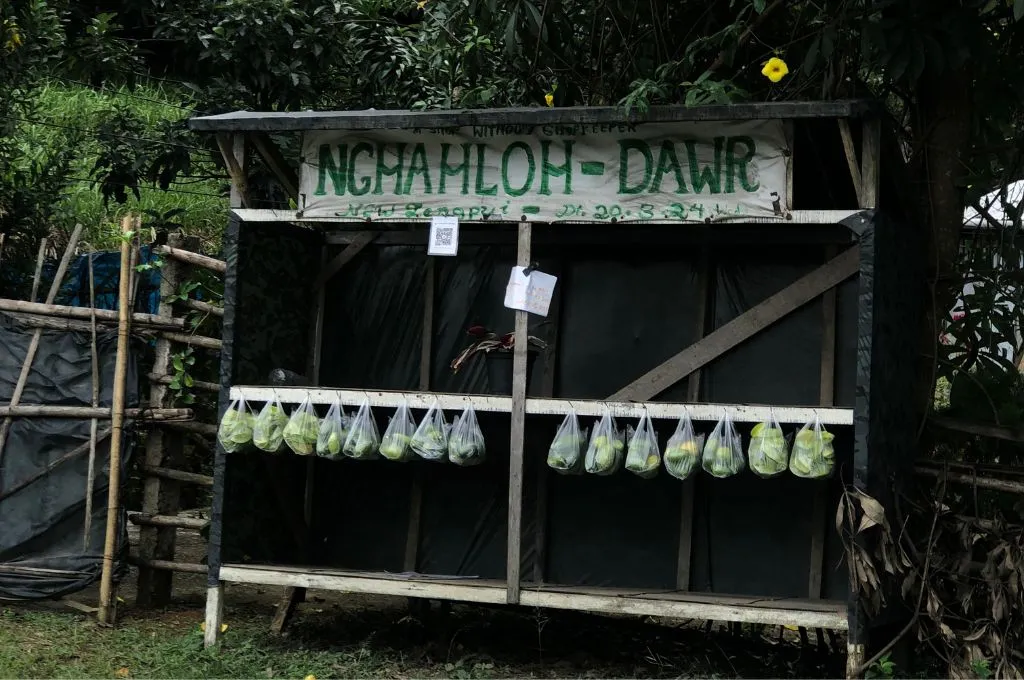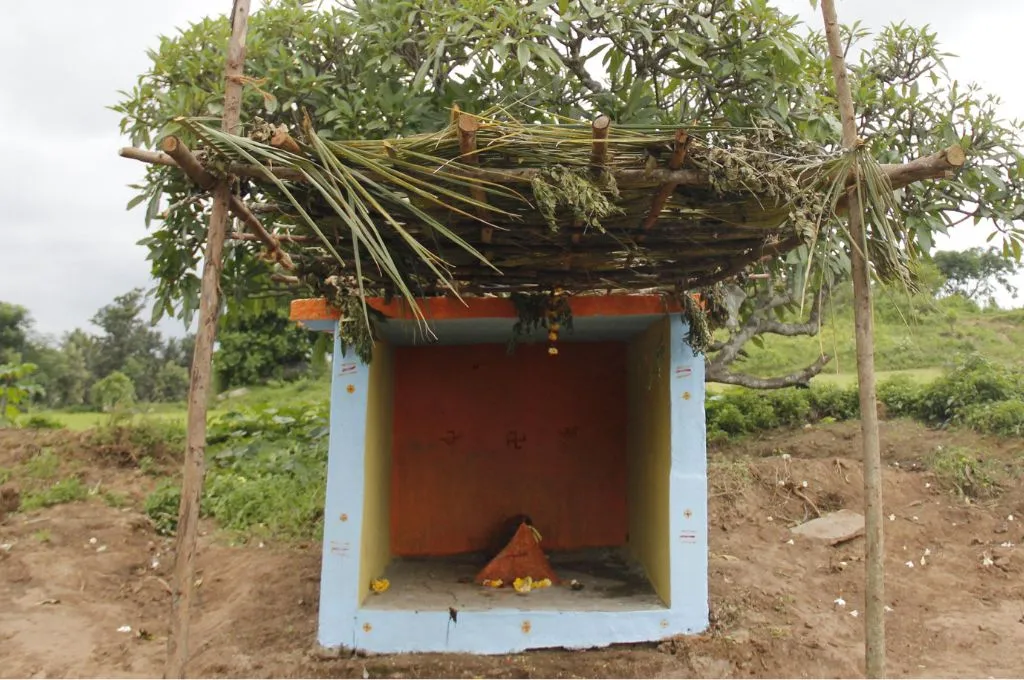READ THIS ARTICLE IN
Reseeding a forest: Villagers in Odisha choose sustainability
Every year, during the monsoons, there’s one day when the sounds of traditional folk songs echo across the forest in Odisha’s Kendujhar district. Looking closely, one can see locals making their way through the forest while singing and dispersing seeds.
In an attempt to return the resources that they extract from the forest, for the last three years, villagers from 85 villages across the district have been celebrating Van Mahotsava—a mass seeding and tree planting festival. As part of this drive, the villagers—who primarily belong to particularly vulnerable tribal groups—start collecting seeds from the forests approximately two to three months before the onset of the monsoon in July. This is the period when endemic seeds such as jackfruit, jamun, and kusuma are most readily available and the women and children of the villages are actively involved in the collection process. They gather not only seeds, but also small plants (wildlings) that naturally sprout around the trees in the forest. Once the seeds are collected, the villagers collectively decide where and when the reseeding will be conducted. On the chosen day, they venture into the forest together and disperse the collected seeds. The villagers also formulate a set of rules beforehand to ensure the seeded patches are protected from grazing, forest fires, and the illegal cutting of trees.
Since the men of the village are usually occupied with agricultural work during the monsoon, it is the women who lead the reseeding initiative. First, they head up to the forest, dispersing seeds along the way and singing traditional folk songs to keep the morale high. They then go back down while doing the same. A community feast awaits the villagers when they return at the end of the day.
The origins of this practice can be traced to Odisha’s Koraput district, where a person named Samara Khillo would collect and subsequently disperse mango seeds in the local forest with the help of his family. As a result of this practice, the forest became far denser over a two- to three-year period. This in turn encouraged residents of other villages and districts to adopt the practice. In 2022, the villagers collected approximately 20 quintals of endemic seeds from the forest. More than 20 varieties of seeds have been planted in the region, and they are expected to greatly benefit the communities that inhabit these lands.
Kartik Chandra Prusty works on facilitating collective land rights over forests and strengthening local democratic processes in Odisha’s remote tribal areas.
—
Know more: Read this article to learn how women in Odisha are regrowing a forest to tackle cyclones.
Do more: Connect with Kartik at kartik@fes.org.in to learn more about and support his work.



